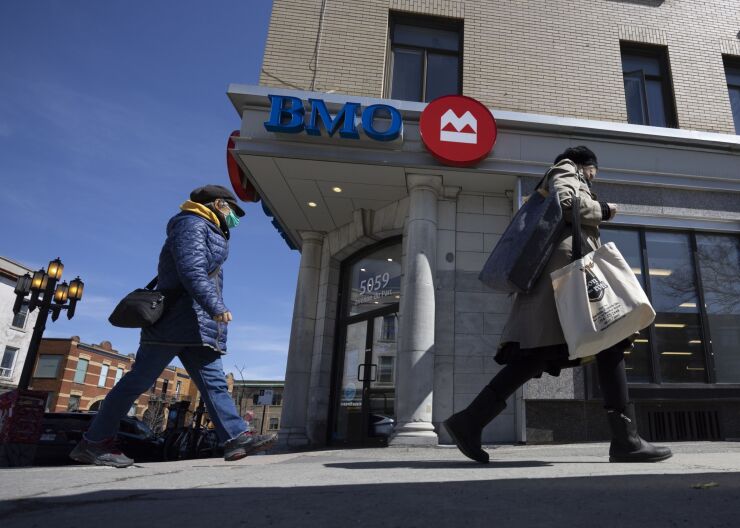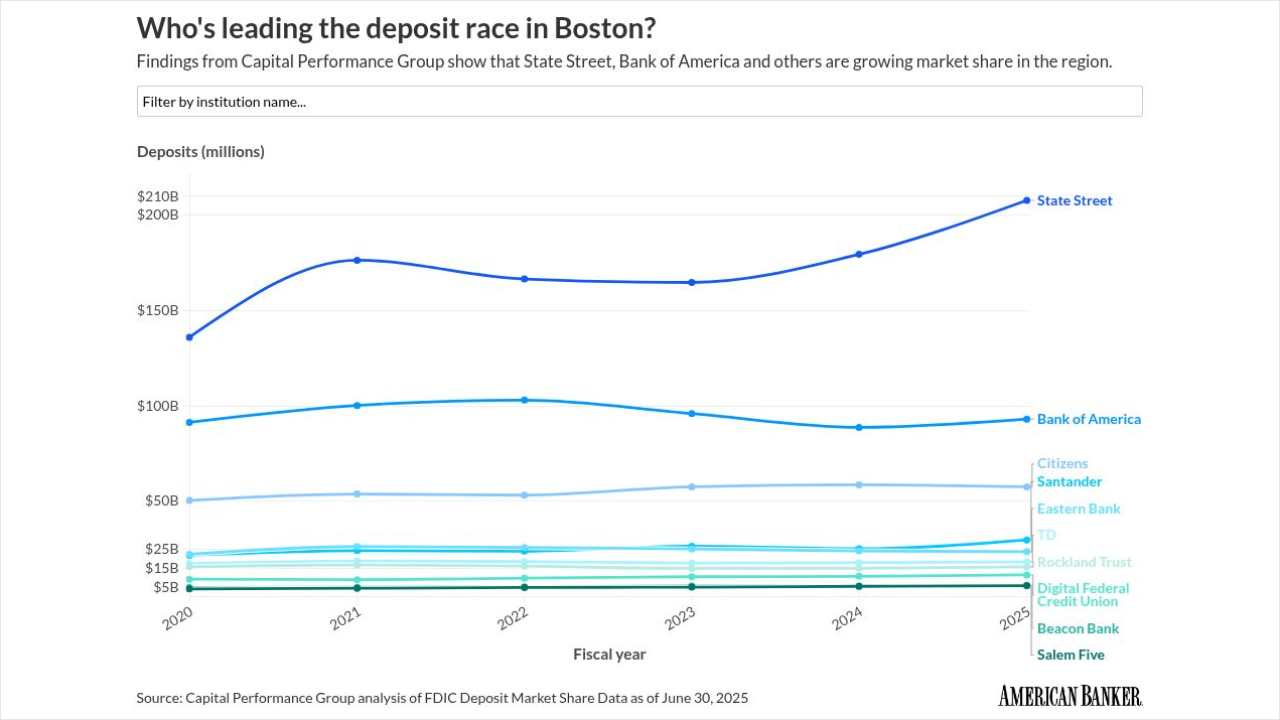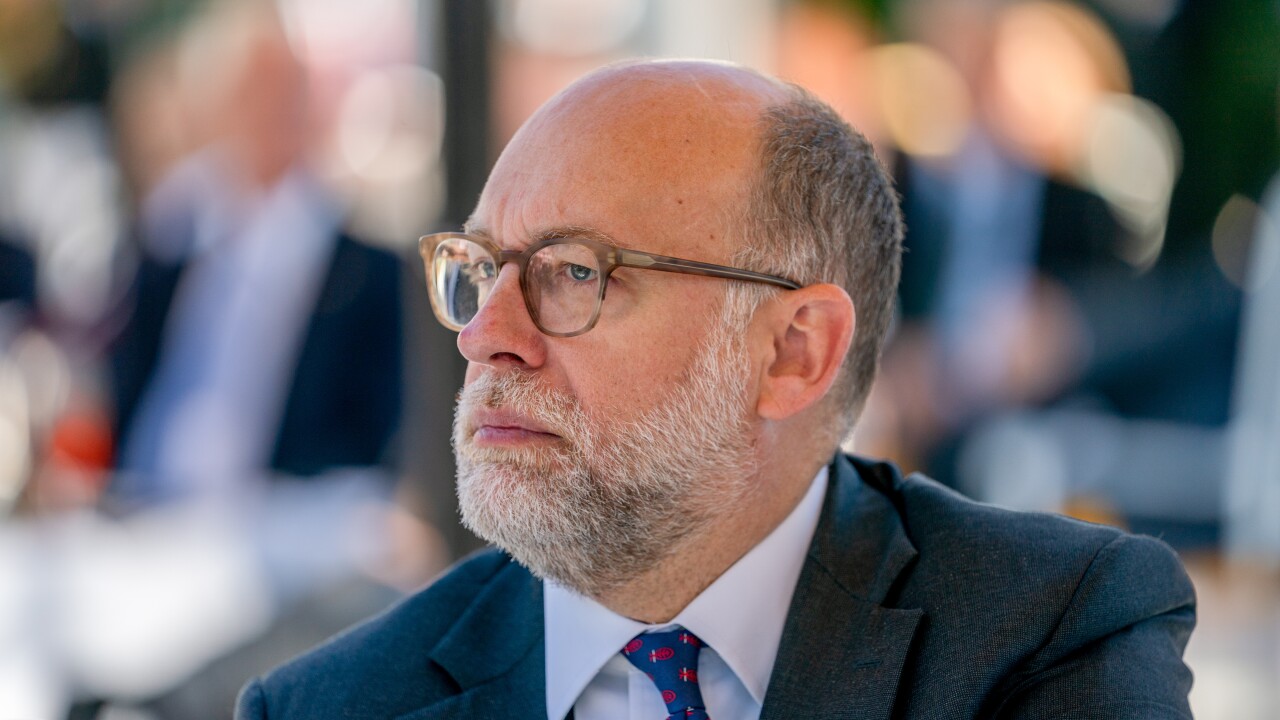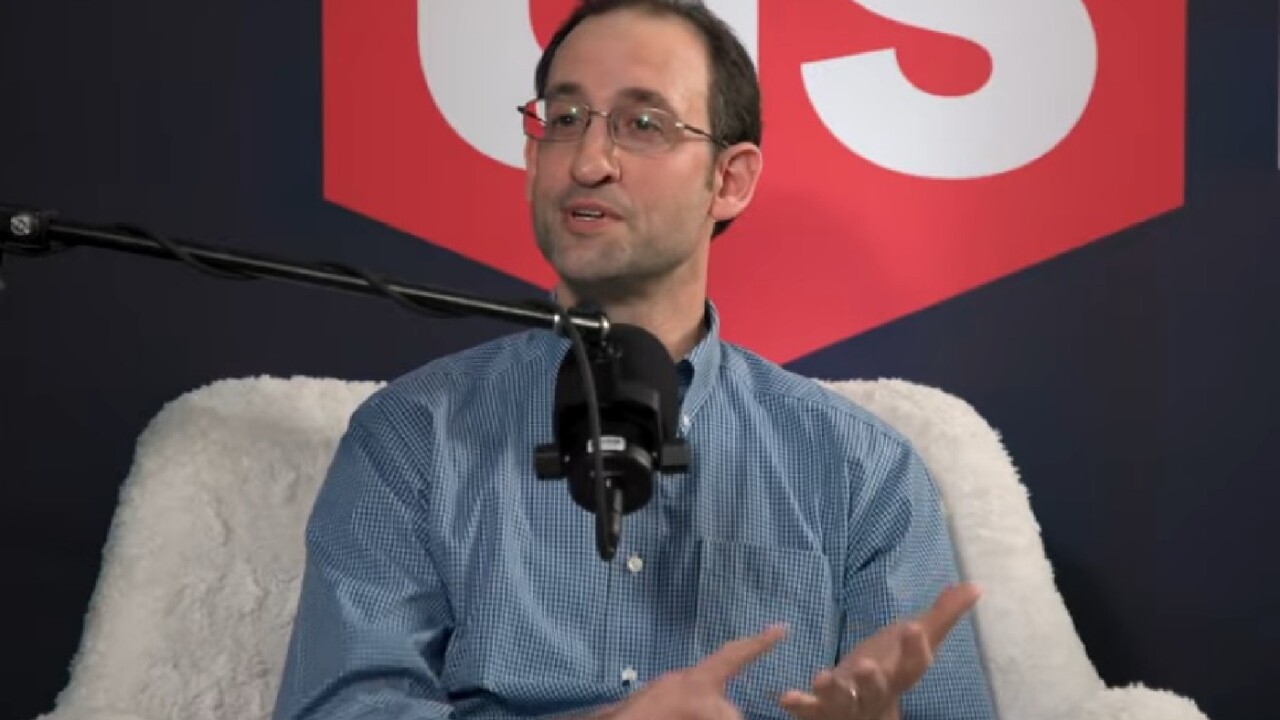
BMO Financial Group is selling off certain transactional, lower-returning portfolios and shifting away from higher-cost deposits in an effort to boost its U.S. profitability.
The balance sheet restructuring includes the sale of a U.S. credit card portfolio and the exit from a franchise loan portfolio that didn't live up to BMO's expectations regarding the returns it would generate, company executives told analysts Wednesday. Executives also said BMO's ample liquidity has allowed it to reduce its concentration of higher-cost certificates of deposits and noncore deposits, and to seek out more lower-cost deposits.
The strategy should help the Toronto-based bank improve the return on equity in its stateside business to at least 12% in the next three to five years, BMO executives said. That's nearly double what BMO has reported for its fiscal year to date — 6.2%, or 7% on an adjusted basis.
BMO, which
"I'm quite impressed with the way our teams aren't just waiting for a rebound in loan demand," Darryl White, BMO's chief executive, said during the call. "We're on the journey, we're making these moves, and we're executing pretty well against them. And that's before an uptick in loan demand, which, you know, I've been saying this for some time, but it will come one day."
In response to an analyst's question about the likelihood of future portfolio sales in order to improve return on equity, Chief Financial Officer Tayfun Tuzun said there will probably be more such changes.
"I think it's reasonable to assume … that there will be other decisions along the way," Tuzun said.
BMO is the third of the four largest Canadian banks to report their quarterly earnings results this month. TD Bank Group
Company-wide, BMO is targeting a return on equity of at least 15% over the next three to five years. Between November 2024 and April 2025, the company's return on equity was 10%, or 10.6% on an adjusted basis. For the fiscal year that ended in October 2024, the return on equity was 9.7%, or 9.8% adjusted.
The United States is a substantial market for BMO, which has operations across the Midwest and in California. The company generates about 40% of its earnings south of the border.
For the three months that ended in April, U.S. net income was $383 million, down 4% from the same quarter last year, the company said Wednesday. Results included a loss of $35 million due to both a higher provision for credit losses and the sale of the credit card portfolio. The card portfolio was not tied to customers with whom the bank has a wider relationship, according to the bank.
Across the entire company, quarterly net income was nearly $2 billion Canadian dollars, up from CA$1.9 billion in the year-ago period. Earnings per share came in at CA$2.50 per share, topping analysts' expectations of CA$2.39 per share, according to S&P Capital IQ.
Upgrading its anti-money-laundering controls is the Canadian bank's top priority following historic failures that led to a $3.1 billion penalty and a U.S. asset cap.
Total provisions for credit losses remained elevated year over year, totaling CA$1.1 billion compared with CA$705 million in the year-ago quarter. Provisions on impaired loans are moderating, but there's a chance they could tick up, Chief Risk Officer Piyush Agrawal said.
"Our impaired provisions are trending in line with our previous guidance, but given all of the tariffs and pronouncements, it is possible that impaired provisions may rise modestly from here," Agrawal said. Still, he predicted, even if provisions rise, they will "remain manageable."
In February, BMO warned that its operating performance this year would be






